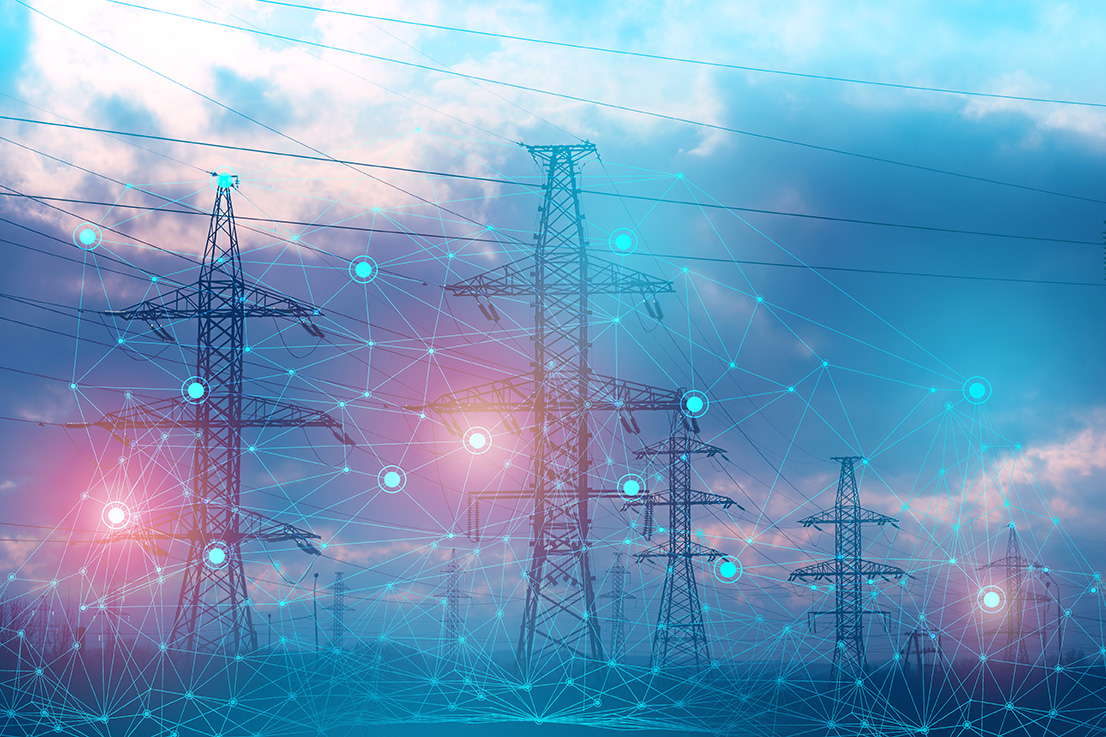
The essence of power quality deals with how well your system operates its load. Power disturbances can involve voltage, current, or frequency. Poor power quality can take a toll on equipment increasing maintenance and repair costs. Not only does monitoring the power on a system help to identify problems, it can also be beneficial to a customer. The power can be monitored to determine how much energy is used on lighting a facility each month to decide whether or not more efficient lighting would be cost effective.
We have the equipment necessary to trouble shoot, record, and analyze power quality parameters. If an issue arises the power can be monitored to determine where the fault is occurring. The equipment can also be used to see the loading on a system to understand where the majority of the energy is being consumed each month.
OTHER APPLICATIONS:
- Load studies - verify electrical system capacity before adding loads
- Energy assessments - quantify energy consumption before and after improvements to justify energy saving devices
- Harmonics measurements - uncover harmonic issues that can damage or disrupt critical equipment
- Voltage event capture - monitor for dips and swells that cause spurious resets or nuisance circuit breaker tripping
WHY SHOULD I MONITOR POWER?
With the proliferation of computers and other sensitive devices in our professional and personal lives, awareness and addressing of power quality issues is becoming increasingly important. Poor quality of power causes not only physical damage to equipment but also results in downtime (which, in turn, lowers productivity) and a substantial increase in energy costs. Hence, power monitoring is critical to extracting optimal performance out of your devices.
Power monitoring is an important process in identifying current and potential power quality issues and addressing them before they get out of hand. Good power monitoring equipment can provide reliable information about power quality, demand and flow.
WHAT IS A POWER DISTURBANCE?
Power disturbances are defined in terms of magnitude and duration. Disturbances range from transients that last for microseconds to outages that continue for hours. When a power disturbance falls outside operating limits, equipment may be disrupted or damaged.

